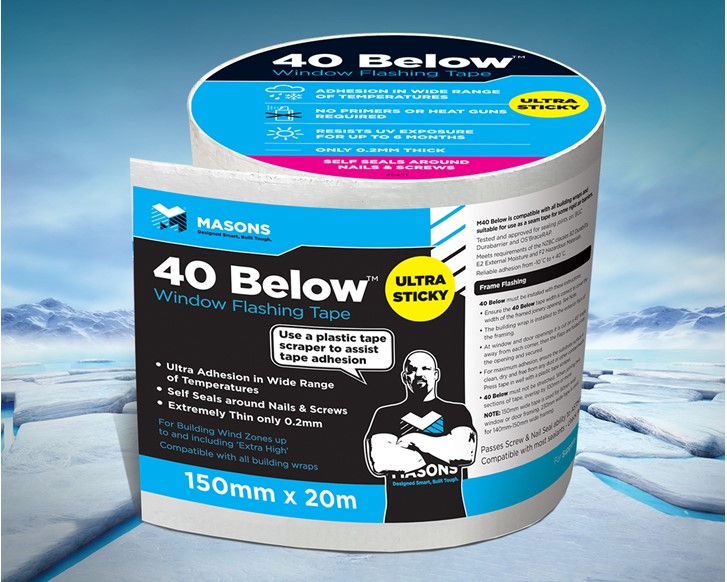Case Study - Barricade WD

Case Study Description
New Zealand is subject to extreme weather conditions year-round, with high wind speeds and rainfall putting our buildings under considerable strain. After the ‘leaky homes crisis’ of the late 1990s and early 2000s, weathertightness has become a significant focus for the industry.
A key factor in leaky homes was the boom of international building design trends and materials, and the rise of complex, multi-storey apartment and commercial buildings that were unsuitable for New Zealand sites and conditions. As a result, the Building Research Association of New Zealand (BRANZ) states site-appropriate design as one of the fundamental considerations for weathertight building design.
According to the BRANZ weathertight guide: “Buildings must be specifically designed to take into account the physical surroundings and local climate of a site. A building that is inappropriate for the site is more likely to be a weathertightness failure.”
This means assessing site topography and exposure to harsh weather conditions, as well as potential corrosion due to salt and sulphur. Of particular concern is wind speed, as high winds can drive rain through a building’s exterior cladding.
For homes and commercial buildings built in high wind zones, a weather resistant or rigid air barrier, like Masons Barricade Weather Defense, provides the bracing capacity, breathability, and air resistance needed to meet weathertightness requirements.
“Rigid wall underlay or air barriers are very good at resisting wind pressure, both pushing onto the building, and, in extreme events, pulling the material off the frame,” says Masons Technical Support Manager Arthur Whitfield.
“One of the biggest problems, aside from the pressure of the wind blowing on the building, is when the wind changes direction and tries to suck the underlay off the building. Rigid air barriers can also help prevent the building wracking or twisting in the wind, providing that added bracing.”
Masons Barricade WD is a self-adhesive weather-resistant barrier intended to be overlaid on Masons fibre cement board as part of the Barricade Weather Defense system, or applied to other rigid construction substrates. Designed to shed water, yet freely pass water vapour, Barricade WD provides a substantial secondary defense against the intrusion of moisture and air for the lifetime of the building.
“As we’re building more and more buildings in places that fall into the extra high wind zone category, rigid wall underlay or air barrier systems like Barricade Weather Defense are becoming the underlay of choice,” Whitfield says.
Added bracing is not only necessary for buildings on exposed sites; five to six-storey residential developments, especially in high wind zone areas like Wellington, need a solution like Masons Barricade Weather Defense to provide additional support. The Masons Barricade Weather Defense system also helps strengthen the structure against earthquake damage and boasts a 30-minute fire resistance rating — ideal for buildings close to boundary lines.
Once installed, the system provides up to 150 days of protection from the elements, allowing work to continue inside before the external cladding is applied. Whitfield says this can also help provide protection against intruders.
“Once your joinery is in and your roof is on you have quite a secure site. There's an increasing amount of dishonesty and theft from sites, and it's becoming more of an issue. So when you have a rigid wall underlay or air barrier installed, alongside your joinery, doors and windows, it's much more difficult for thieves to break into the site.”










